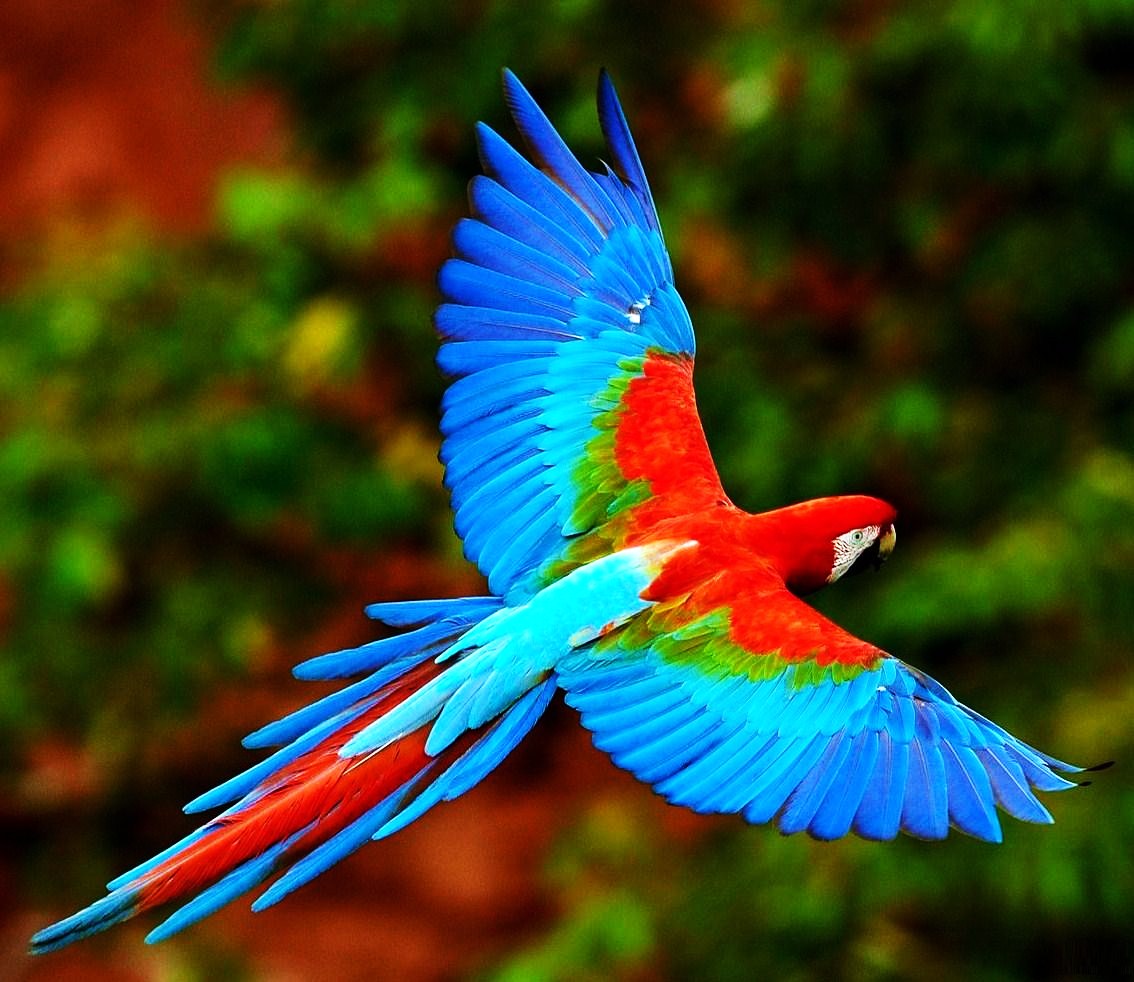Ara chloroptera
 |
| (Photo from Taringa) |
Common name:
red-and-green macaw (en); arara-vermelha-grande (pt); ara à ailes vertes (fr); guacamayo rojo (es); grünflügelara (de)
Taxonomy:
Order Psittaciformes
Family Psittacidae
Range:
This species is found throughout much of northern South America, ranging from Panama to Paraguay and east to the Guianas and Trinidad, through Brazil and south to Argentina.
Size:
The red-and-green macaw is 88-92 cm long and has a wingspan of 110-120 cm. They weigh 1.250-1.700 g.
Habitat:
They are mostly found in the canopies of lowland tropical forests, especially in gallery forests along rivers, but also in isolated tree stands, secondary vegetation and even in coconut and moriche palm plantations.
Diet:
Their diet consists of seed, nuts, fruit, berries and buds, spending most of their day feeding in the treetops.
Breeding:
Red-and-green macaws are monogamous and believed to pair for life. They breed in November-March, nesting in tree hollows, or in crevices in cliffs. The female lays 1-3 eggs, which she incubates alone for 25-28 days while being fed by the male. The chicks are fed by both parents and fledge 90-100 days after hatching. Even after fledging the young remain with their parents for up to 2 years.
Conservation:
IUCN status – LC (Least Concern)
This species has an extremely large breeding range and, although the global population size has not been quantified, this species is described as fairly common. The population is suspected to be in decline owing to ongoing habitat destruction and unsustainable levels of exploitation, but it is not considered threatened at present.







